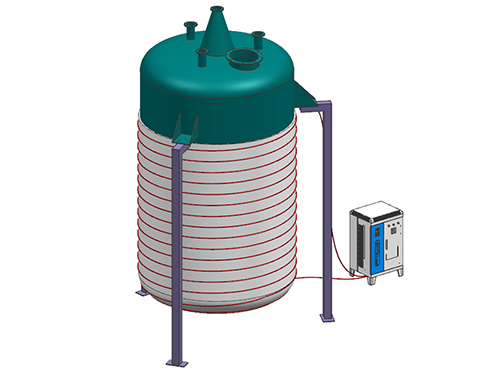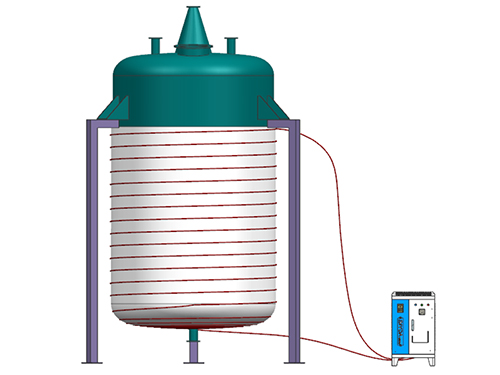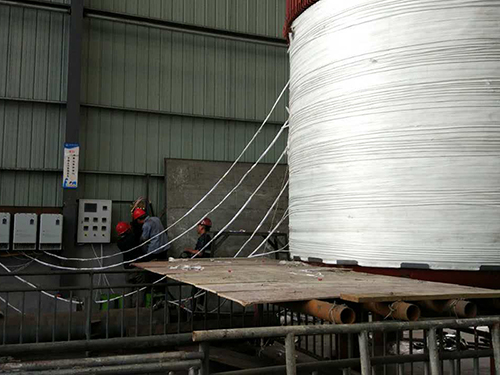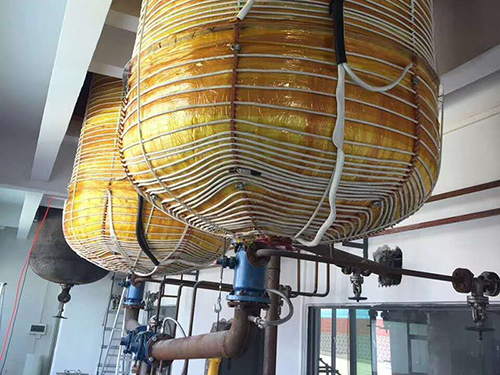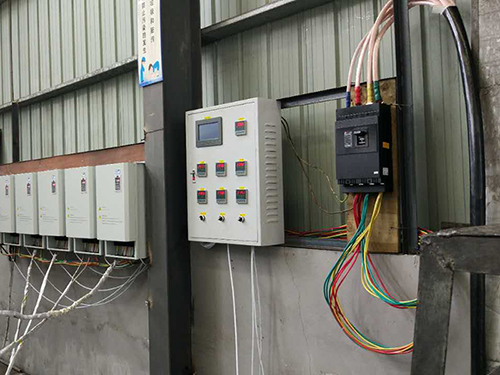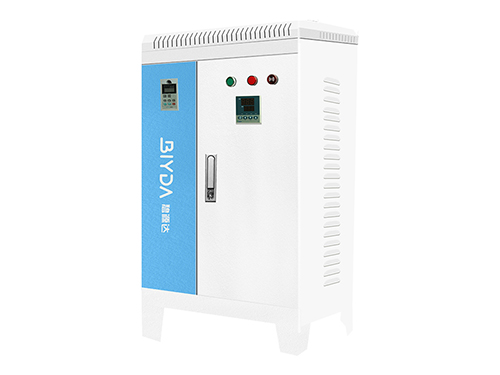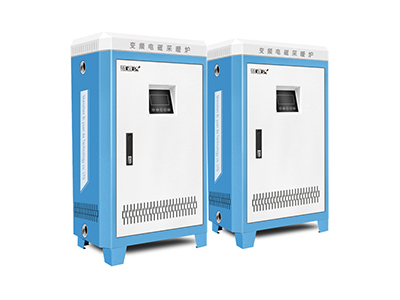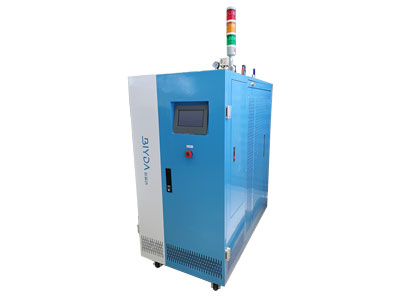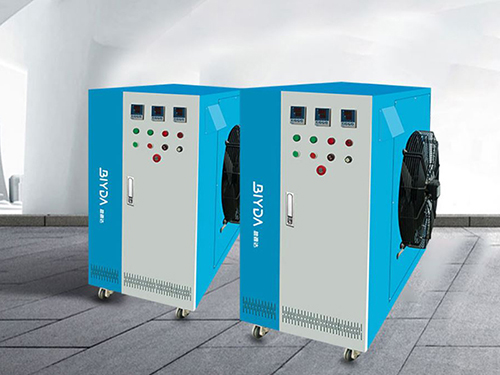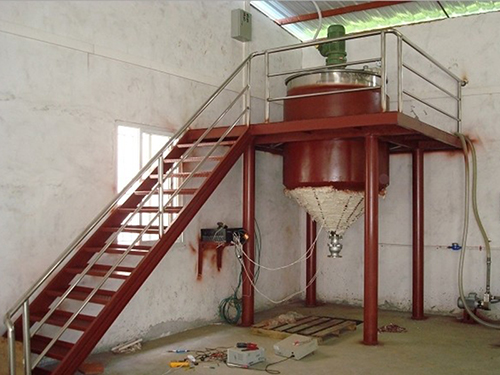
Traditional reactor commonly uses electric heating elements, steam produced by boiler or thermal oil as its heating method. There are several issues such as environmental pollution, low energy efficiency and hidden safety hazards, which are long-term problems that affect the survival and growth of companies. Utilizing manufacturing equipment with alternative and clean energy sources has become urgent concern for the entire industry.
Induction heating is an ideal alternative to increase production efficiency and lower energy consumption. Using induction heating in chemical reactor, especially stainless steel reactor, the liquid and solid materials inside the reaction vessel can be efficiently and evenly heated, and can avoid material loss caused by uneven heating which often occurs in traditional heating system.
- Energy efficient
Induction heating is over 98% efficient at converting electricity to heat, providing energy savings of 30% and more. - Safe and reliable
Coupled with intelligent control, the induction heating eliminates the need for open flame and heating mediums, ensuring a safer operation. - Eco-friendly
With no need for open flame, induction heating does not produce dust, odor, noise and hazardous gases, compliant with the requirements of National Energy Conservation Policy. - Digital control
Digital control system ensures accurate temperature control, offering an intelligent operation. - Compact structure, easy maintenance
Example: Atmospheric Pressure Reactor
Material: 304 stainless steel
Dimensions: 2m(diameter)*3m(height)
Wall thickness: 8mm
Reactor weight: 1000kg (approx.)
Volume: 7m3
Liquid material weight: 7t
Specific heat capacity of liquid material: 4200J/kg*ºC
Requirements: to heat from 20ºC to 280ºC within 3 hours
Heat calculation formula: Q=cm▲t+km
Power calculation formula: specific heat capacity J/(kg*ºC)×temperature differenceºC×weight KG ÷ time S = power W
i.e. P=4200J/kg*ºC×(280-20)ºC×7000kg÷10800s=707777W≈708kW
Conclusion
The theoretical power is 708kW, but the actual power is commonly increased by 20% because of taking the heat loss into consideration, that is, the actual power is 708kW*1.2≈850kW. Seven sets of 120kW induction heating system as a combination are required.

